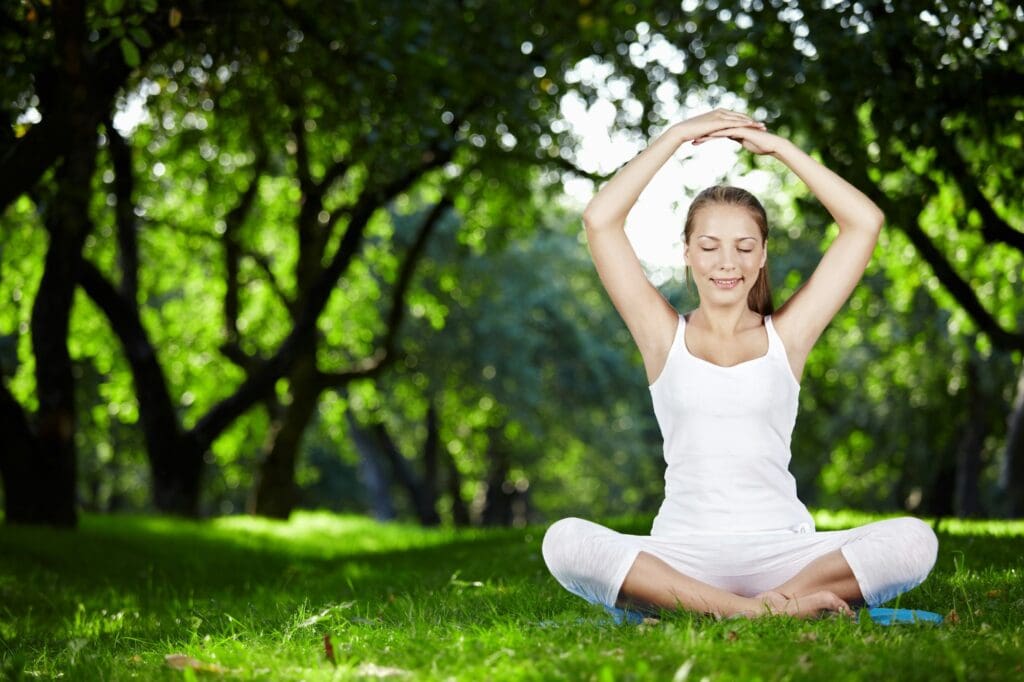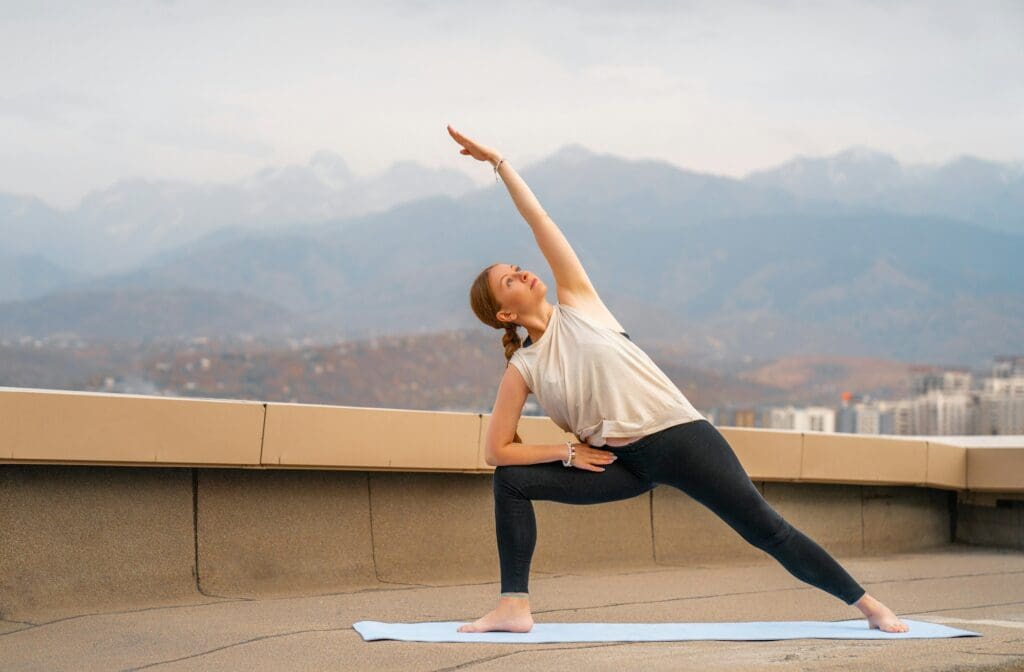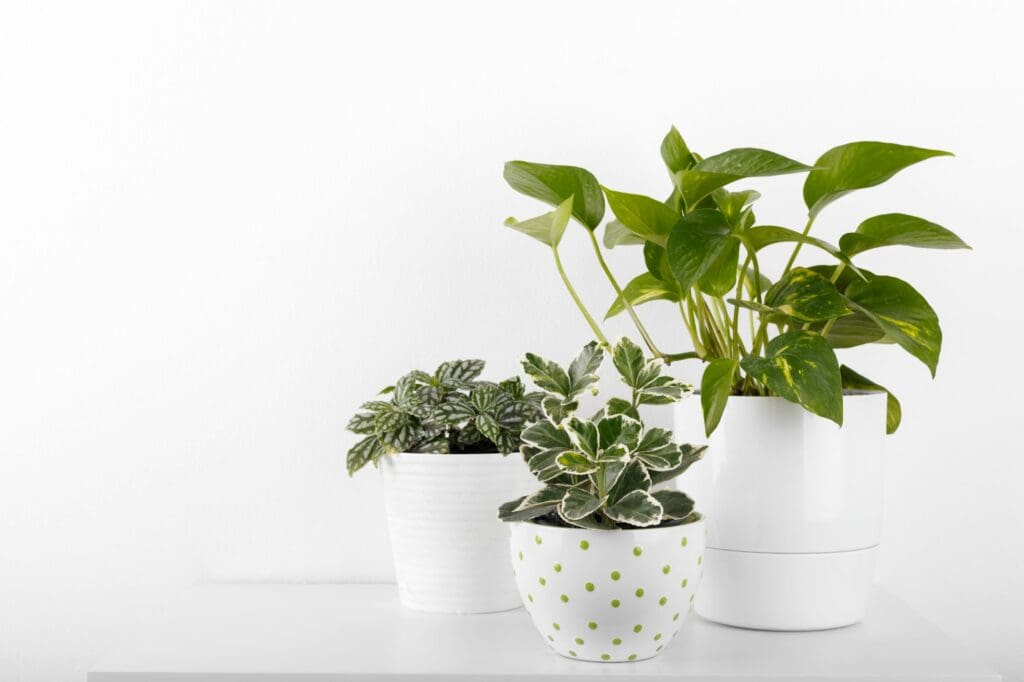


Feeling stressed or overwhelmed can be a common part of daily life, but did you know that incorporating simple relaxation techniques into your routine can make a significant difference?
You don’t need to overhaul your life to find peace and tranquility; small changes can have a big impact.
Imagine starting your day with a few moments of mindfulness or ending it with a calming activity. It’s more achievable than you might think.
“The time to relax is when you don’t have time for it.” — Sydney J. Harris
In this guide, we’ll explore practical, easy-to-implement techniques that can help you unwind, de-stress, and find a sense of calm amidst the chaos.
Whether it’s through mindful breathing, gentle stretches, or creating a bedtime ritual, you’ll discover methods that fit seamlessly into your busy schedule. Ready to transform your day-to-day life? Let’s dive in!

Incorporating relaxation techniques into your daily routine can significantly improve your overall well-being. The key is to find methods that resonate with you and seamlessly blend into your schedule.
Whether you have just a few minutes or more extended periods, there’s always room for a moment of calm.
Let’s explore some effective relaxation techniques that you can easily integrate into your daily activities:
Remember, the goal is to make relaxation a habitual part of your life. By incorporating these techniques regularly, you’ll find it easier to manage stress and maintain a balanced, peaceful state of mind.
One powerful tool to help you live a stress-free life is mindfulness.
Engaging in mindfulness practices, such as guided meditation or deep-breathing exercises, can significantly enhance your quality of life by increasing self-confidence and bringing peace of mind.
These practices can be seamlessly woven into your daily routine, helping you to maintain a sense of calm and focus whether you are at work, home, or on the go.
To get started with mindfulness, consider simple techniques like breathing meditation or a body scan meditation.
These methods help you become aware of your body’s sensations and your breath, allowing you to ground yourself in the present moment right away.
If you’re new to mindfulness, resources like Mindful can offer various guided meditations tailored to different needs, such as reducing anxiety or improving sleep.
It’s essential to remember that mindfulness becomes easier the more you practice it. Aim to incorporate a few minutes of mindfulness into your daily routine for at least six months.
You don’t need to be rigid about it; even practicing mindfulness a few times a week can bring tangible benefits.
With time, these exercises can become an effortless part of your day, effortlessly reducing stress levels and promoting a tranquil mindset.
Additionally, integrating mindfulness with other relaxation techniques, like gentle yoga, can exponentially increase its benefits.
Yoga practices that focus on breath awareness and gentle movements can complement mindfulness, fostering relaxation, and overall well-being.
When you make these practices a regular part of your life, you’ll find it easier to navigate the complexities of daily living with grace and ease.

Incorporating relaxation techniques into your daily routine doesn’t have to be overwhelming. Starting with small, manageable steps can make a significant difference in your overall well-being.
One effective way to ease relaxation into your day is by practicing mindfulness meditation. This can be as simple as dedicating five minutes in the morning to focus on your breath.
Find a quiet spot, sit comfortably, and take slow, deep breaths, paying attention to each inhale and exhale. This practice helps center your mind and prepare you for the day ahead.
Another powerful technique is the body scan meditation. This involves lying down or sitting comfortably and mentally scanning your body from head to toe, observing any areas of tension and consciously letting go of that stress.
This can be particularly useful before bed to promote restful sleep.
Additionally, incorporating short breathing exercises throughout your day can work wonders.
For instance, the 4-7-8 breathing technique, where you inhale for 4 seconds, hold for 7 seconds, and exhale for 8 seconds, can be done anytime you feel stressed. It’s a handy tool to keep yourself grounded.
Gentle yoga is also an excellent way to weave relaxation into your routine. Simple stretches or a short yoga sequence can relax your muscles and calm your mind, balancing both your physical and mental states.
One of the most impactful ways to set the tone for your day is by creating a morning ritual focused on calmness and mindfulness. Start by waking up a few minutes earlier than usual. This extra time allows you to ease into the day without feeling rushed.
Begin your morning with deep breathing exercises. Inhale slowly through your nose, hold your breath for a couple of seconds, and then exhale gently through your mouth. This practice helps oxygenate your body and calm your mind.
Another simple technique is stretching. Gently stretch your arms above your head, lean side to side, and roll your neck. This helps release muscle tension accumulated overnight and kickstarts your circulation.
Incorporating a brief mindfulness exercise can also make a significant difference. A popular choice is the Mindfulness Bell Exercise. Sit or lie down comfortably, and close your eyes.
Play a mindfulness bell or chime sound, focusing entirely on the sound and your breathing for the next five minutes. This quick, focused meditation helps center your thoughts and provides mental clarity.
Finally, consider journaling as part of your morning ritual. Spend a few minutes writing down your thoughts, goals for the day, or things you’re grateful for.
This practice not only helps you organize your day but also cultivates a positive mindset from the get-go.

Incorporating gentle yoga into your daily schedule doesn’t have to be complicated or time-consuming. You can start with just a few minutes each day.
Begin by selecting a time that works best for you, whether it’s in the morning to energize your day, during lunch for a midday break, or in the evening to unwind.
1. Set a Consistent Time: Aim to practice yoga at the same time each day to create a habit. Even dedicating just five to ten minutes initially can make a difference.
2. Choose Simple Poses: Start with a few gentle poses that promote relaxation and stretch your muscles. Poses like Child’s Pose, Cat-Cow, and Downward Dog are great for beginners. These poses help in relieving tension and improving flexibility.
3. Follow Guided Sessions: If you’re unsure where to begin, there are numerous online tutorials and apps with guided yoga sessions. These resources can offer varying class lengths, making it easy to fit yoga into any schedule.
4. Combine Yoga and Mindfulness: Enhance your practice by incorporating mindfulness techniques. Focus on your breath, observe how your body feels in each pose, and stay present in the moment. This combination can amplify the relaxation benefits.
Remember, the key is consistency. With time, you will find greater ease in incorporating yoga into your daily routine, paving the way for enhanced relaxation and well-being.
Reducing tension doesn’t have to be a complicated endeavor. Here are a few straightforward exercises you can seamlessly fit into your day:
Incorporating these simple exercises into your daily routine can make a significant impact on your overall stress levels. The key is consistency and making them a regular part of your daily life.
Remember, it’s all about finding what works best for you.

What you eat directly affects how you feel. Consuming nutritious foods can significantly alleviate stress and contribute to a more balanced emotional state. Let’s explore how.
Eat Balanced Meals: Skipping meals or consuming high-sugar snacks can cause fluctuations in blood sugar levels, leading to irritability and heightened stress. Instead, aim for balanced meals consisting of complex carbohydrates, proteins, and healthy fats. Foods like whole grains, lean meats, and avocados help maintain stable energy levels throughout the day.
Stay Hydrated: Dehydration can contribute to stress and anxiety. Ensure you’re drinking plenty of water throughout the day to support overall mental and physical health.
Include Omega-3 Fatty Acids: Omega-3s, found in fish such as salmon and mackerel, flaxseed, and walnuts, have been shown to reduce symptoms of depression and anxiety, helping you manage stress more effectively.
Limit Caffeine and Alcohol: While a morning cup of coffee might be a daily ritual, too much caffeine can lead to increased anxiety and restlessness. Similarly, alcohol may initially relax you but can disrupt sleep and worsen stress in the long term. Moderation is key.
Consider Adaptogens: Natural substances like ashwagandha, rhodiola, and holy basil, known as adaptogens, can help the body handle stress. Integrate these into your diet through supplements or herbal teas.
Incorporating these dietary adjustments can enhance your ability to manage stress, ultimately leading to a more relaxed and fulfilling daily life.
Spending time in nature can provide an incredible boost to your daily well-being. Simply stepping outside for a breath of fresh air or a short walk can significantly enhance your mood and reduce stress levels.
The act of engaging your senses outdoors—feeling the breeze, listening to the birds, observing the greenery—can center your mind and heighten awareness.
Tip: Aim to include at least 20 minutes of outdoor activity in your daily schedule. Whether you’re in a park, your backyard, or a nature trail, the key is to immerse yourself in the environment.
Combine your time in nature with mindfulness exercises for an even greater benefit. These exercises can help deepen your connection to the present moment.
For example, during your walk, focus on the sensation of each step, the rhythm of your breath, or the subtleties of your surroundings.
Additionally, you can bring elements of nature indoors to maintain that sense of connection throughout the day. Houseplants, nature sounds, and even photos of serene landscapes can remind you to take a moment, breathe, and reset.

Don’t forget to occasionally practice “grounding” exercises. Go barefoot on grass or sand, and consciously feel the texture beneath your feet. This simple act can be remarkably calming and a quick way to re-anchor yourself during a hectic day.
Starting a daily relaxation practice can be simple and highly rewarding. Begin by setting aside just a few minutes each day dedicated to relaxation.
You can try techniques like meditation, deep breathing exercises, or gentle stretching. Consistency is key. Establish a routine by picking a specific time, whether it’s in the morning, during lunch breaks, or before bed.
It’s also helpful to create a relaxing environment free from distractions. Over time, you can gradually increase the duration as you become more comfortable with your practice.
Mindfulness is a powerful tool for daily relaxation. It involves being fully present in the moment and observing your thoughts and feelings without judgment.
Start with simple practices such as focusing on your breath, noticing its natural rhythm without trying to change it. You can also practice mindfulness while performing everyday activities like eating, walking, or even washing dishes.
Just pay attention to the sensations and experiences in the present moment. Resources like guided meditations or apps can also help you develop a consistent mindfulness practice.
Relaxation techniques before bed can help you unwind and ensure a restful night’s sleep. Consider trying progressive muscle relaxation, where you tense then release each muscle group, starting from your toes up to your head.
Deep breathing exercises are another excellent option; try the 4-7-8 technique, which involves inhaling for 4 seconds, holding your breath for 7 seconds, and exhaling for 8 seconds.
Additionally, a short, calming yoga sequence or reading a book can help signal to your body that it’s time to sleep. Avoid screens and caffeine close to bedtime to enhance these effects.
Incorporating yoga into your daily routine can be highly beneficial for relaxation and overall well-being. Start by setting aside a specific time each day for your practice – morning or evening typically works best.
You don’t need a long session; even 10-15 minutes can make a difference. Focus on gentle poses that promote relaxation, such as Child’s Pose, Forward Bend, or Corpse Pose.
Pair your postures with deep, mindful breathing. Consider using online classes or apps if you’re new to yoga or prefer guided sessions. Consistency is crucial, so try to make yoga a non-negotiable part of your day.
Creating a daily relaxation schedule involves integrating various relaxation techniques into your day-to-day life. Start by identifying your most stressful times and intentionally placing relaxation breaks around them.
For example, you could start your day with a brief meditation, incorporate a short walk or stretching session during lunch, and end your day with a relaxing activity like reading or yoga.
Use tools like planners or apps to set reminders for these relaxation intervals. Tailor the activities to suit your preferences and ensure that they’re practical and manageable.
Over time, this schedule will help establish a routine that promotes consistent relaxation and stress management.
Incorporating relaxation techniques into your daily routine doesn’t have to be a daunting task.
Whether it’s starting your day with calming rituals, integrating yoga, or simply taking time to connect with nature, these small changes can make a significant difference in managing stress and enhancing your overall well-being.
Remember, finding moments to relax isn’t just a luxury—it’s a necessity for your health. So, experiment with the methods that resonate with you and watch how these simple practices can transform your daily life.
By making relaxation a priority, you’re not only investing in your mental health but also improving your ability to handle life’s challenges with grace and resilience.
Don’t wait for stress to become overwhelming; begin today, take small steps, and notice how each mindful moment adds up to a more serene and balanced lifestyle.
Embrace these techniques with an open heart and mind, and enjoy the journey towards a more peaceful you. Happy relaxing!









